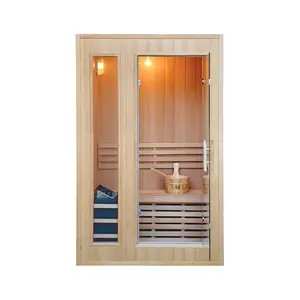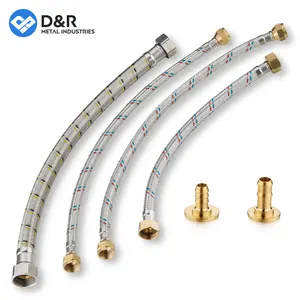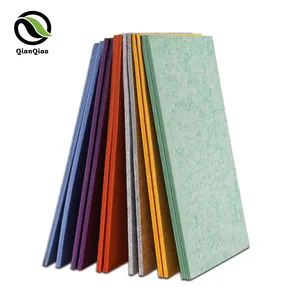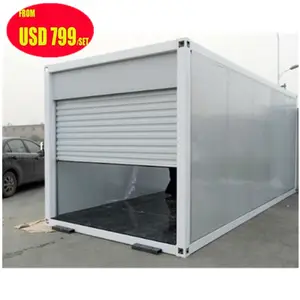Popular in your industry









































































Top categories
About hydraulic door closers
Introduction
In the realm of door security and efficiency, hydraulic door closers stand as an essential component. These devices, which date back to ancient times, have evolved significantly, offering a smooth, controlled closing mechanism that enhances security, promotes energy efficiency, and ensures compliance with accessibility standards. This article delves into the mechanics of hydraulic door closers, their types, and the key benefits they offer. It also provides guidance on choosing the right door closer for your needs, considering factors such as door location, size, and traffic, and offers tips on installation and adjustment.
Understanding Hydraulic Door Closers
A door closer is a device that ensures a door, once opened, closes by itself. The concept dates back to ancient times, with modern versions becoming more prevalent after 1873. Hydraulic door closers use fluid or lightweight oil to control the close of the door. These models tend to have stronger springs that can handle more weight and offer a smoother close due to increased control.
The Mechanics of Hydraulic Door Closers
Hydraulic door closers use hydraulic fluid or lightweight oil to control the door's closing speed. These models typically have a cylindrical shape with a piston inside. When the door opens, the piston is pulled back, forcing the expulsion of the fluid within the cylinder slowly before the door can fully shut again. An adjustable screw allows control over how quickly the fluid is expelled, thereby adjusting the door's closing speed. These door closers offer a smoother close due to increased control and can handle more weight thanks to their stronger springs.
Types of Hydraulic Door Closers
There are six common types of commercial door closers, with the most prevalent being the Modern Type, either with or without a cover. These closers function by loading a spring with tension as the door is opened. Upon release, the spring tension closes the door. Modern type door closers are popular due to their flexibility and ease of adjustment and maintenance, as they are surface mounted to the door or frame. Other types include concealed and floor closers, each with their unique advantages and considerations.
Key Benefits of Hydraulic Door Closers
Hydraulic door closers provide three key benefits. Firstly, they enhance security by ensuring doors close securely after being opened, preventing unauthorized access. Secondly, they contribute to safety, as they are a requirement for fire doors to ensure they close properly after every opening. Lastly, they promote energy efficiency by maintaining conditioned air temperatures, limiting air loss, and consequently lowering building energy costs.
Enhanced Security
Hydraulic door closers play a crucial role in enhancing security. They ensure that your building or suite entrance door closes securely after someone passes through it, preventing unauthorized access and potential theft. This feature is particularly important for doors with access control systems. The door closer ensures the door returns to a closed position after opening, allowing the locking element to engage and secure the door. Therefore, doors using maglocks, electric strikes, or electric locks all require a hydraulic door closer for secure closing.
Energy Efficiency
Hydraulic door closers significantly enhance energy efficiency in commercial facilities. They are applied to the main insulated solid doors of walk-in coolers and freezers, reducing door opening time and preventing warm outside air from infiltrating the refrigeration unit. By ensuring the door is open for the minimum time possible, they keep warm air out and improve energy efficiency. Not only do they offer excellent money-saving opportunities, but they are also required under federal regulation. We manufacture and install high-quality door closers, retrofitting doors to improve energy efficiency in your facility.
Durability and Maintenance
Door closers, including hydraulic ones, are often straightforward devices that can function without problems for decades. However, they require regular maintenance for their longevity and security. This includes lubrication, adjustment, alignment, and weather sealing. Even high-quality door closers, whether frequently used or not, should adhere to a planned maintenance routine. This routine varies depending on location, climate, and the type of closer. In case of any irregularities, it's crucial to get assistance from a professional maintenance team.
Accessibility and Compliance
ADA compliance is a crucial aspect of door closers, ensuring accessibility for all individuals. ADA door closers are designed to meet specific requirements, such as a minimum degree of opening and a certain pressure level. These features make the door easier to use for people with disabilities, enhancing the inclusivity of the building. If you're unsure about the ADA compliance of a product, don't hesitate to reach out to professionals who can provide guidance and help you select the right door closer for your needs.
Choosing the Right Hydraulic Door Closer
Choosing the right hydraulic door closer involves considering factors such as the door's location, size, and traffic. The door closer's spring size should be proportionate to the door's weight and width for optimal control. Door closers also have adjustment valves to control closing and latching speed. Building codes and regulations, including ADA requirements, should also be taken into account. Finally, proper installation and maintenance are crucial to avoid functionality issues and prolong the life of your door and door closer.
Considerations for Selecting a Hydraulic Door Closer
Selecting a hydraulic door closer depends on various factors including traffic volume, building codes, and aesthetic preferences. Heavier doors and high-traffic areas require durable, strong door closers. Building codes can also impact the type of door closer required, with different performance levels needed based on the location of the building. Aesthetic considerations may also influence the choice of door closer. It's crucial to consult with a door installer or vendor if unsure.
Installation and Adjustment Tips
Installing a hydraulic door closer involves identifying the door-swing direction, marking drilling locations, drilling the holes, and installing the door closer body and swingarm. Adjustments can be made using the adjustment screws to control the speed and pressure at which the door closes. It's a DIY-friendly task that requires careful measurement, marking, and drilling.
Conclusion
Hydraulic door closers, with their advanced mechanics and diverse types, offer a plethora of benefits, from enhancing security to promoting energy efficiency and ensuring accessibility. Choosing the right one involves careful consideration of various factors, including the door's location, size, and traffic volume. Proper installation and regular maintenance are also crucial to ensure their longevity and optimal performance. Whether you're a building owner, a facility manager, or a security enthusiast, understanding and implementing hydraulic door closers can significantly contribute to the safety, efficiency, and inclusivity of your premises.




























